Breathing is a process, without it, an organism cannot survive whether they are an animal or plant. The animal as you know has a special organ system for that but how plants breathe day and night, let’s dive into it. The day and night are put here because there is a difference in the day and night breathings of plants.

You will be thinking that animals have special organs and systems for breathing and gaseous exchange but “how plants breathe day and night”.
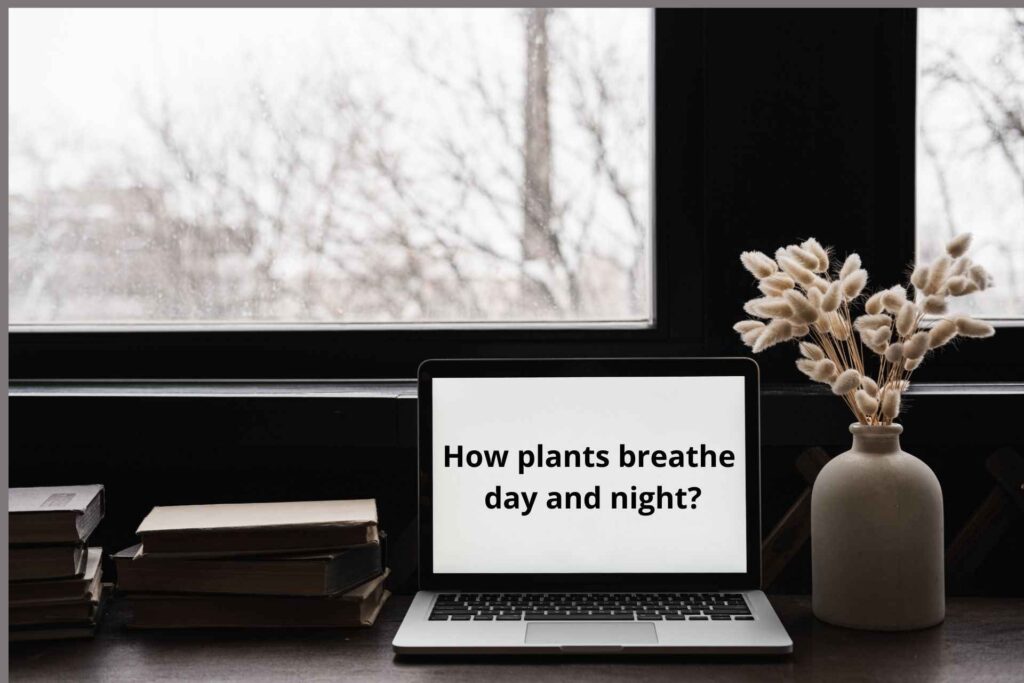
In this article, I am going to explain to you all these questions about “how plants breathe day and night” and related questions as you know plants do not have any special system for breathing and respiration as animals.
Should we start?
Yes.
So how do plants breathe day and night?
First of all, you should know what is breathing?
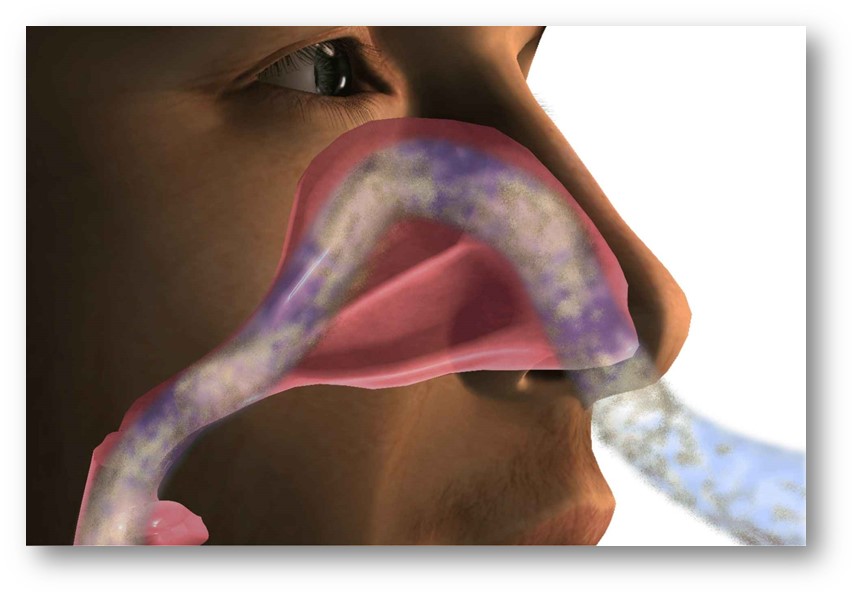
Breathing is the inhalation and exhalation of respiratory gases i.e Oxygen and Carbon dioxide.
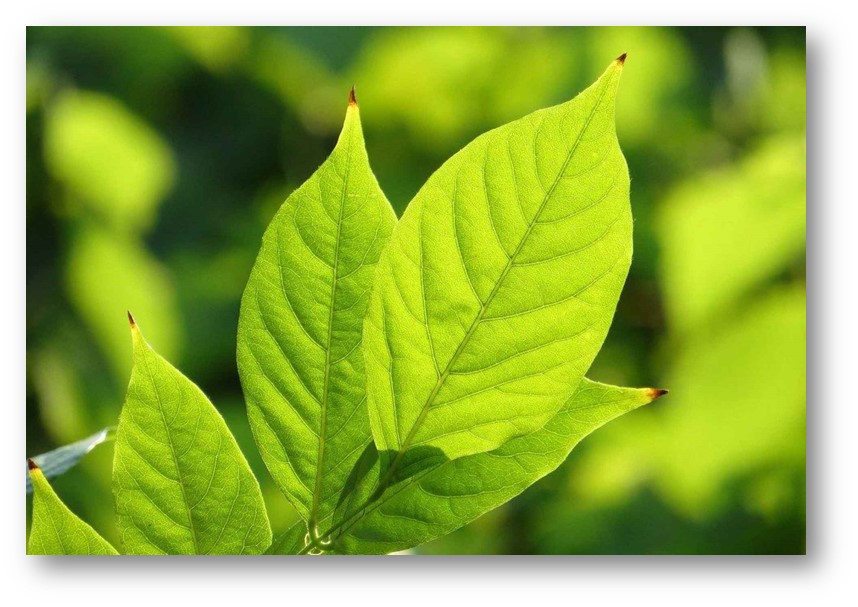
Of course, you didn’t see any nostrils or noses in the plants or trees but you must have watched the leaves in the plants, that is the organ of breathing.
But some plants do not have any leaves then how do they breathe and respire?
Very good question.
We will discuss all these types of breathing step by step. First, we have to discuss how breathing occurs through leaves.
The gaseous exchange in plants occurs through stomata present on the leaves of a plant.
What are stomata?

Stomata (singular “Stoma”) is the small opening on the leaves which allows the entry and exit of gases from the plant. Stomata are guarded by “guard cells” which in need can close the stomata. Inside the cells, the gaseous exchange of gases occurs.
Which side of the leaf has more stomata?
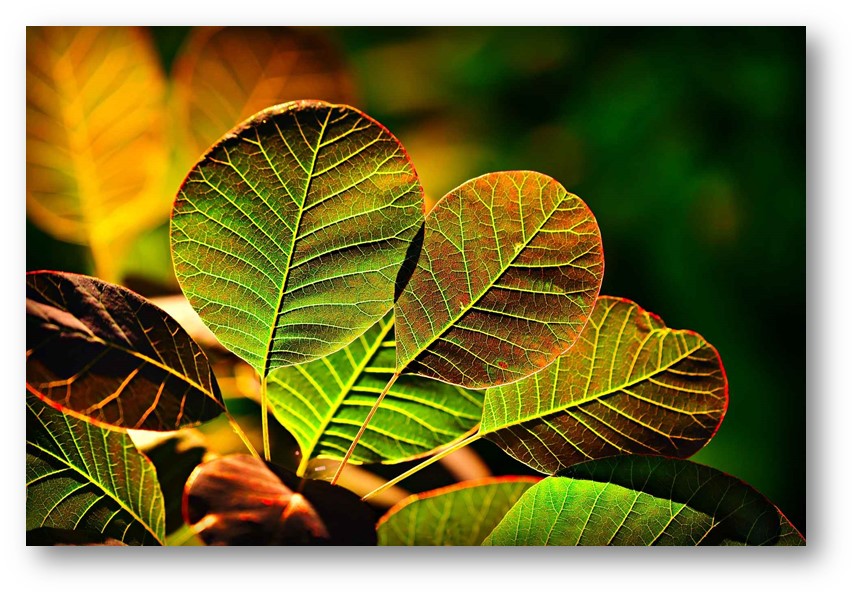
The leaf is covered by a layer called the epidermis. The lower epidermis has more stomata than the upper side of the leaf.
Are the numbers of stomata known?
It depends on the different species of the plant, Some species have a larger number of stomata while others have less number of stomata but the average number of stomata is 300 per square mm of the leaf.
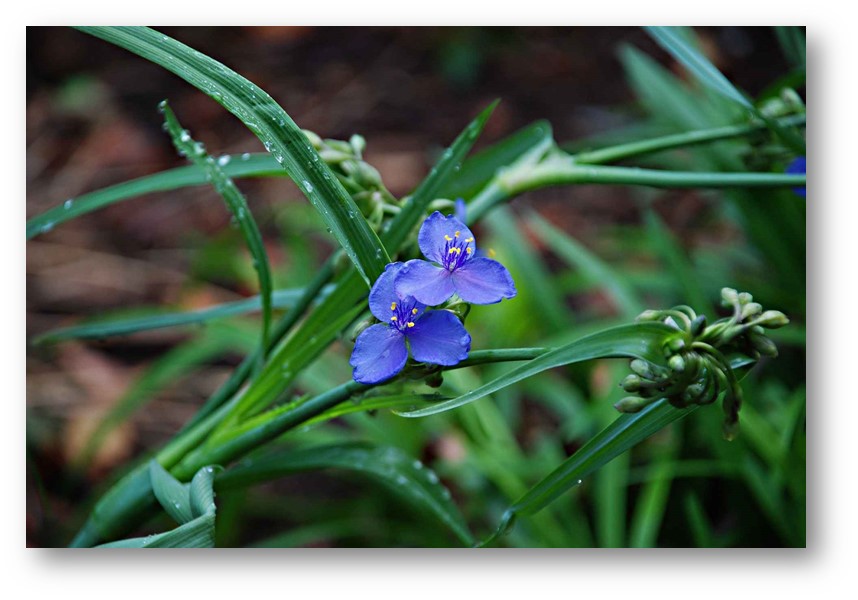
The smallest number of stomata is found in spiderwort (Tradescantia) leaf which is 14 stomata per square mm while the highest number is found in the Spanish oak tree which is 1200 per square mm.
Is any other part of the plant have stomata?

Yes, the young stem has also stomata for breathing.
But woody stems are covered by bark, how the breathing occur in these woody plants?
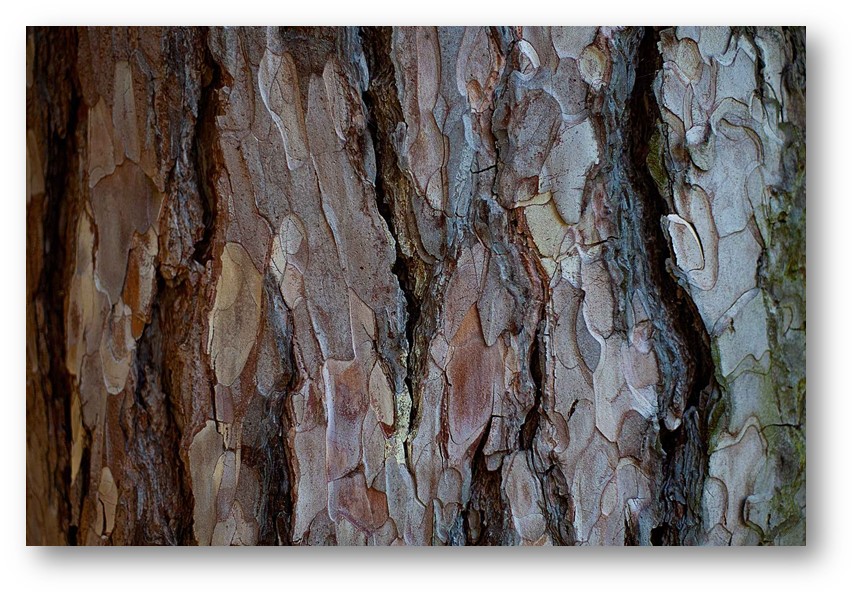
The leaves of the woody tree have stomata so there is no issue of gaseous exchange on leaves but the whole body of the woody tree is covered by bark and the bark also needs gaseous exchange.
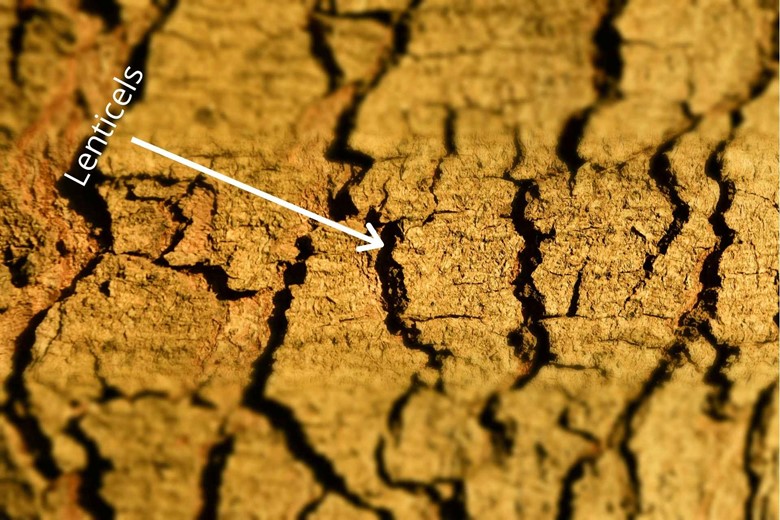
Instead of stomata, the bark has special types of pores called lenticels through which the gaseous exchange occurs between the plant and the external environment.
Do roots breathe?
Yes. Let me ask you a question.
Did you see the farmer or gardener tilling the soil?
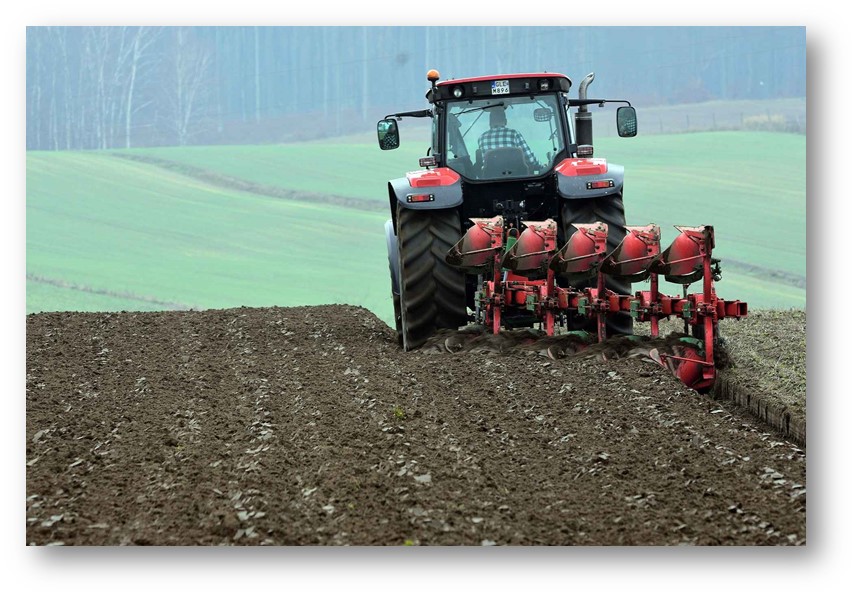
Yes. We have seen.
The real purpose of this tilling is to create the space for upcoming sowing seeds and their roots with the environment which helps in better gaseous exchange.
So it means that all parts of the plant breathe i.e. stem, root, and leaves.
Now you must be clear about how plants breathe when they are leafless or if they fall their leaves in autumn.
That’s good.
But which gases do the plants breathe?
There is little difference between animal and plant breathing.
What?
Do you know what gases the animals exchange?
Yes, the animals inhale oxygen and exhale carbon dioxide all the time (day and night).
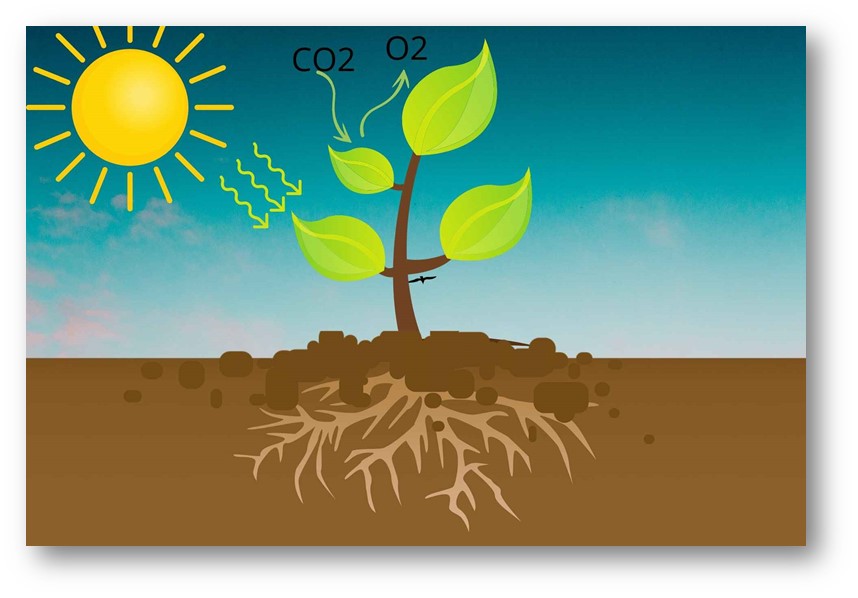
The plants do the opposite to the animals in the daytime in the presence of sunlight. The plants inhale carbon dioxide in the daytime in the presence of sunlight and exhale Oxygen the process is called photosynthesis which continues only in the presence of sunlight.
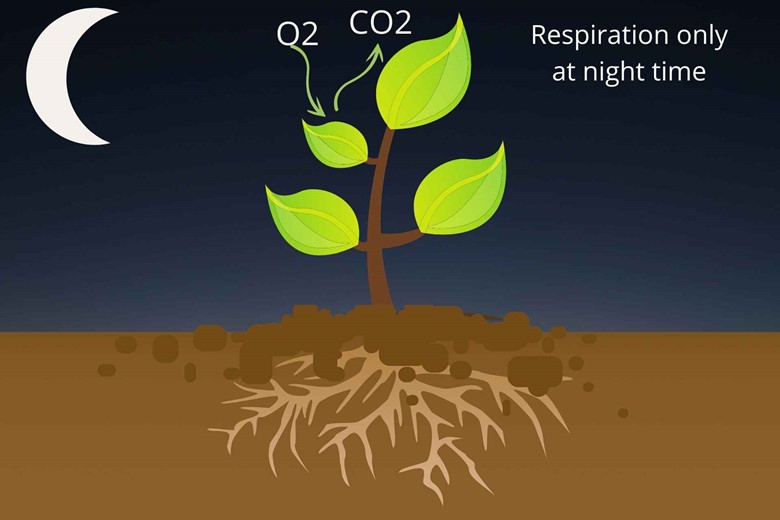
In the nighttime or in the absence of sunlight the plant does the same as animals do i.e. inhale oxygen and exhale carbon dioxide and this process is respiration which continues all day and night.
Why are these differences?
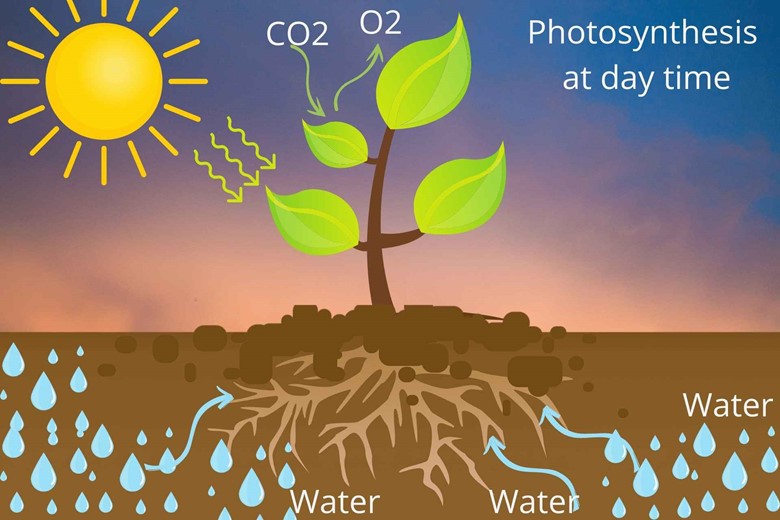
In the daytime, the plants synthesize food (glucose) from Carbon dioxide and water in the presence of light by the process of photosynthesis. Remember sunlight is necessary for preparing food because sunlight gives the energy to combine Carbon dioxide and water to make glucose.
Does it mean that plants require Carbon dioxide for the synthesis of glucose besides water?
Yes, that’s why the plant inhales Carbon dioxide from the environment and animals exhale that Carbon dioxide during respiration as a by-product.
In this process of respiration in plants, oxygen is produced as a by-product which is released to the environment. The animals then inhale that Oxygen for the breakdown of food in the process of respiration
Photosynthesis:
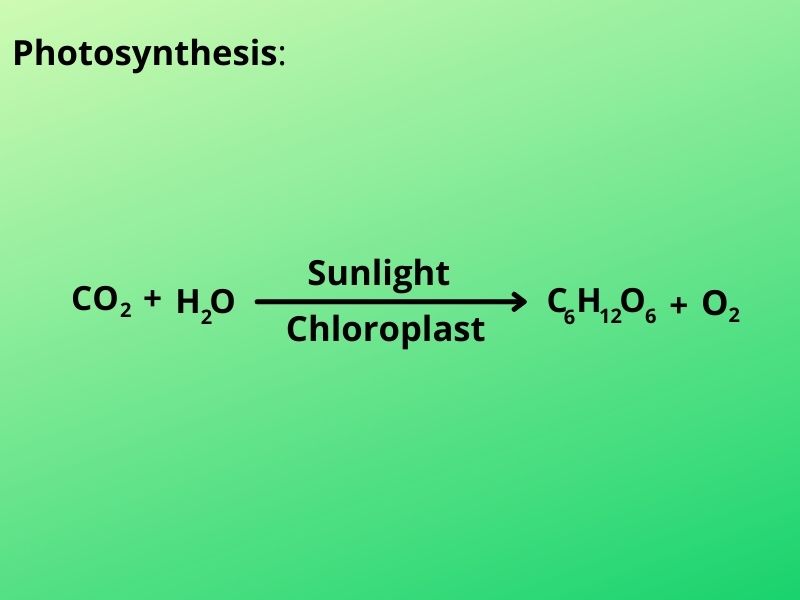
Respiration:
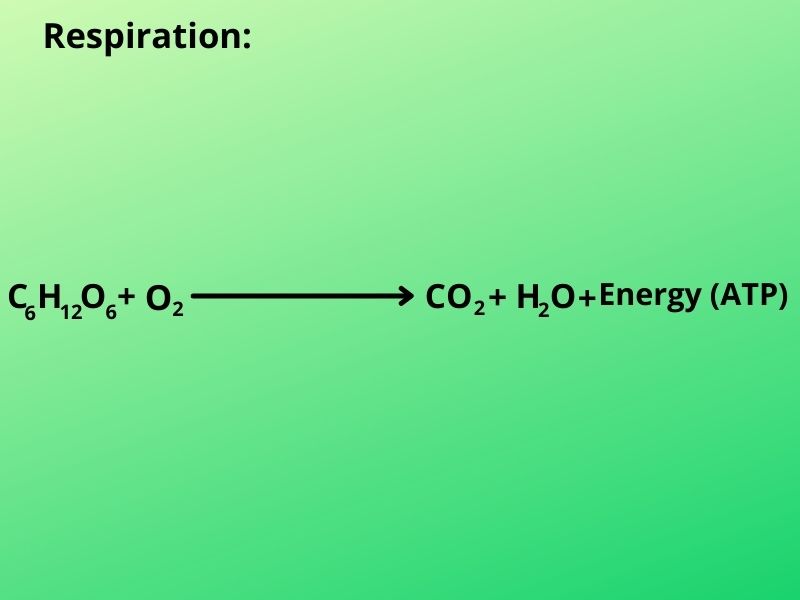
In animals it is called respiration but what do we call it in plants because it is opposite to respiration?
In plants, It is called photosynthesis as mentioned already. The above reactions are photosynthesis and respiration. The difference is that Photosynthesis requires carbon dioxide which is a waste product of respiration in animals and releases oxygen as a waste product that animals inhale for respiration. Photosynthesis occurs only in the presence of sunlight in plants while respiration occurs both day and night and plants and animals.
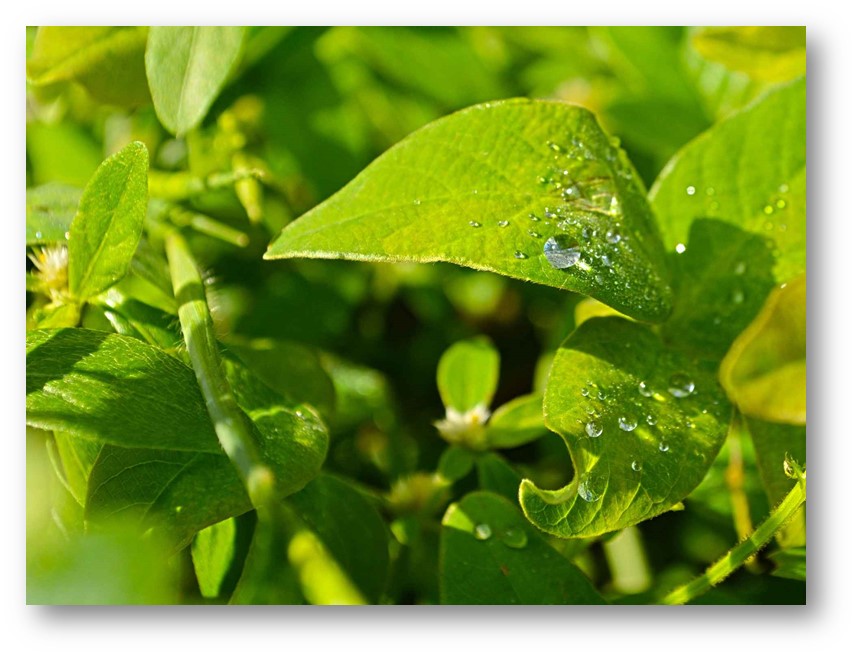
But remember that photosynthesis only occurs in the green part of the plant i.e. leaves and young stem while respiration occurs in the whole body and the whole time (day and night).
In simple words, we can say that photosynthesis and respiration are opposite to each other in inhalation and exhalation.
But do plants not require “Oxygen”?

No, plants also require oxygen for the breakdown of glucose molecules but they release that oxygen in photosynthesis and are reused in respiration while the extra oxygen is released to the environment.
So it means the photosynthesis produced oxygen is used in the same plant again?
Yes, photosynthesis makes the glucose that requires Carbon dioxide and releases oxygen as a by-product in the process of photosynthesis. But plants also need energy which is acquired from the breakdown of glucose molecules as animals do and the process is called respiration. For this animals need oxygen so plants also need oxygen for the breakdown of glucose. The plants use the oxygen of photosynthesis (which was a waste product in photosynthesis) here for respiration (the breakdown of glucose for the release of energy).
But what happens at night time when the sunlight is absent?
That’s a good question.
Now at night time, the process of photosynthesis stops because of the absence of sunlight.
So it means only respiration continues in plants at night time?
Yes, because respiration continues the whole time in plants for the breakdown of the energy i.e. inhalation of oxygen and release of carbon dioxide. And the animals also respire for a whole time i.e now both inhale oxygen and exhale carbon dioxide at night time.
But from where the plants will take oxygen now at night time?
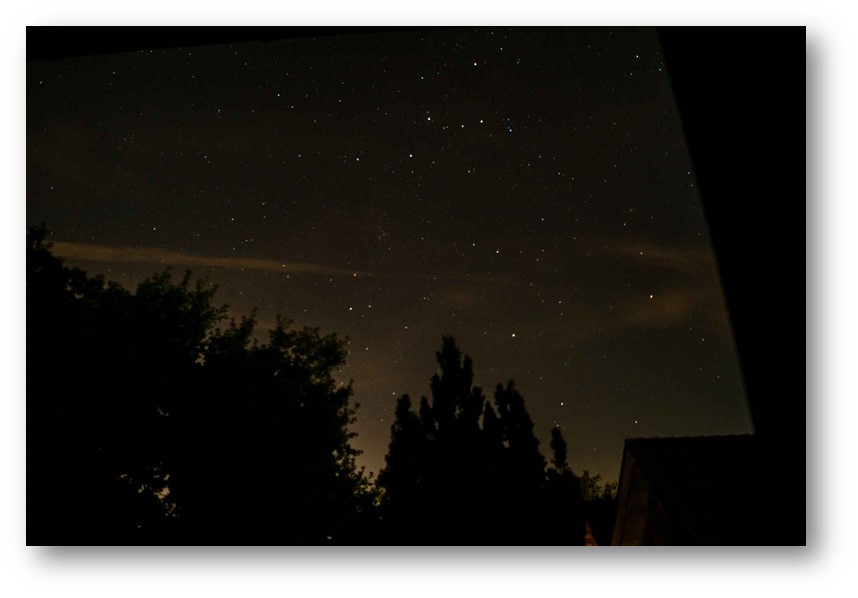
From the environment.
Is it not cause any deficiency of oxygen for animals?
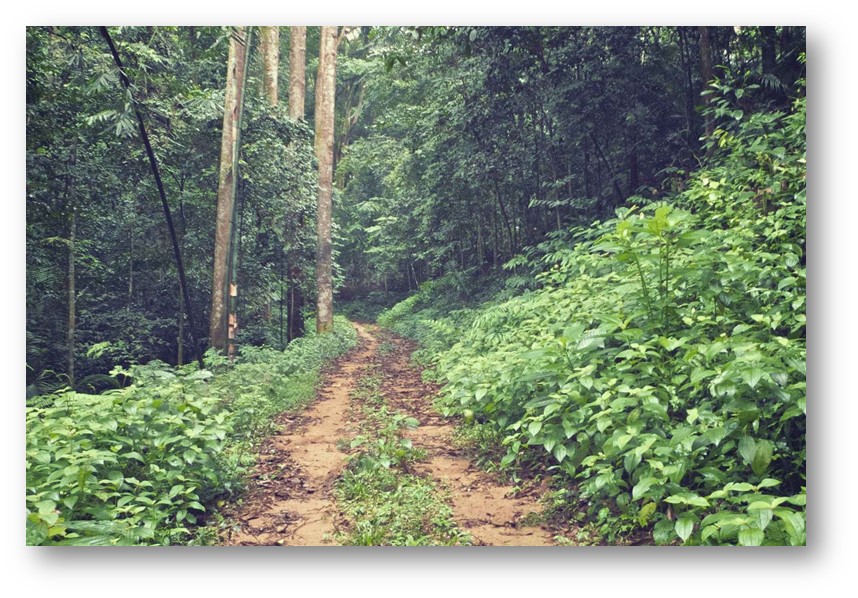
Luckily not, because the plants produce oxygen ten times more than they consume at night so there is no deficiency of oxygen for breathing.
Do stomata close?
Yes, when there is a limited supply of water then the plant closes the stomata to conserve water.
Then how do plants breathe if stomata are closed?

The plant then breathes through lenticels (special type pores on the bark of a plant) to continue its respiration.
But how do leaves breathe because the leaves also require energy from respiration?
The leaves are full of free oxygen when the stomata are closed it is enough for a few hours to continue the respiration and the stomata also open at night time to take a breath.
Can we look at the breathing of plants?
For this, I will show you an experiment for better understanding.
Materials required:
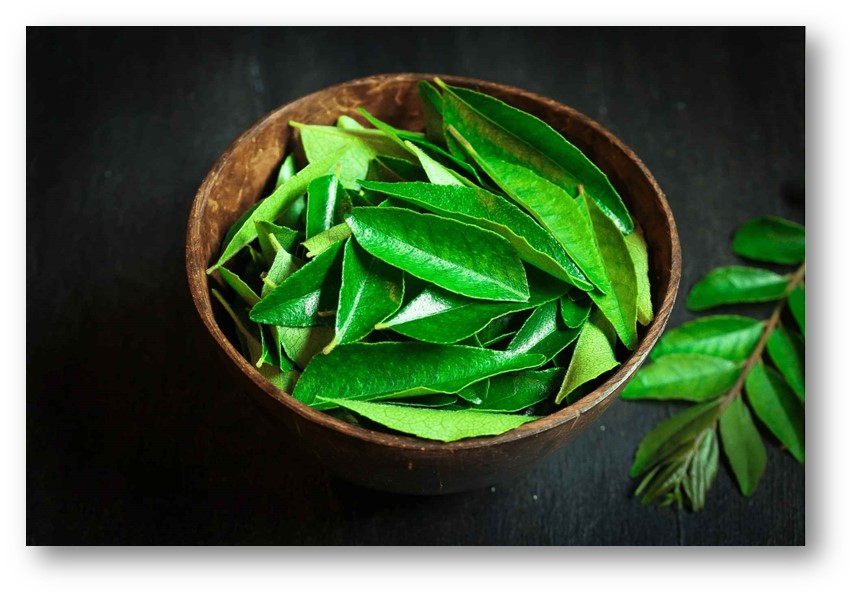
- Fresh leaves

- Transparent bowl or container preferably of glass or plastic to see clearly inside

- Water

- Sunlight

- Some weight (coins or pebbles or anything)
Procedure:
Take the bowl or container and fill it with water. Then take some fresh leaves and dip them in water by putting some weight so that the leaves sink fully. Now leave it in the sunlight and wait for 2 to 3 hours.
After 2 to 3 hours you will see the bubbles on the leaves showing the breathing leaves. The bubbles appear because the plant exhales oxygen during photosynthesis.
Conclusion/summary:
We can conclude that plants also breathe but the difference between plants’ and animals’ breathing is that the plant breathes primarily for photosynthesis (synthesis of food molecules) in the daytime while the animals breathe for respiration (breaking of food molecules).
In these processes, the plants inhale Carbon dioxide and exhale or give out Oxygen to the environment while the animals do the opposite to this i.e. inhale oxygen and exhale carbon dioxide.
You might be thinking why does this happen?
Because the food molecule (glucose) requires carbon dioxide for synthesis while the breaking of these molecules requires oxygen so the plants inhale carbon dioxide (photosynthesis) while the animals inhale oxygen (respiration).
Animals have a special system for breathing while the plant’s whole body (stem, roots, leaves) can breathe.
I am sure you have gained some knowledge from here, if you have a question or a suggestion please let me know in the comment section.





